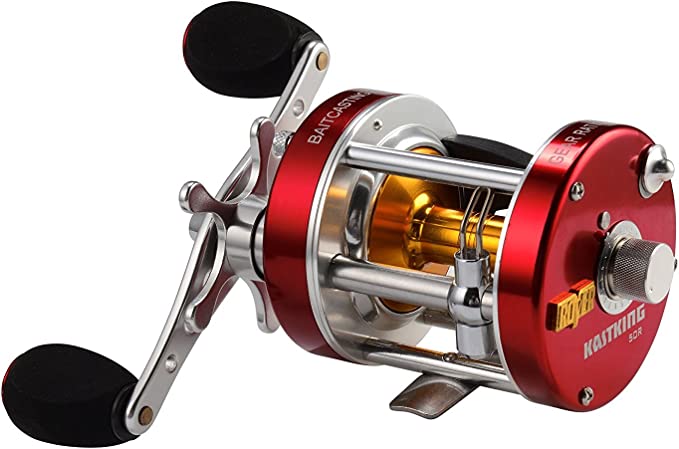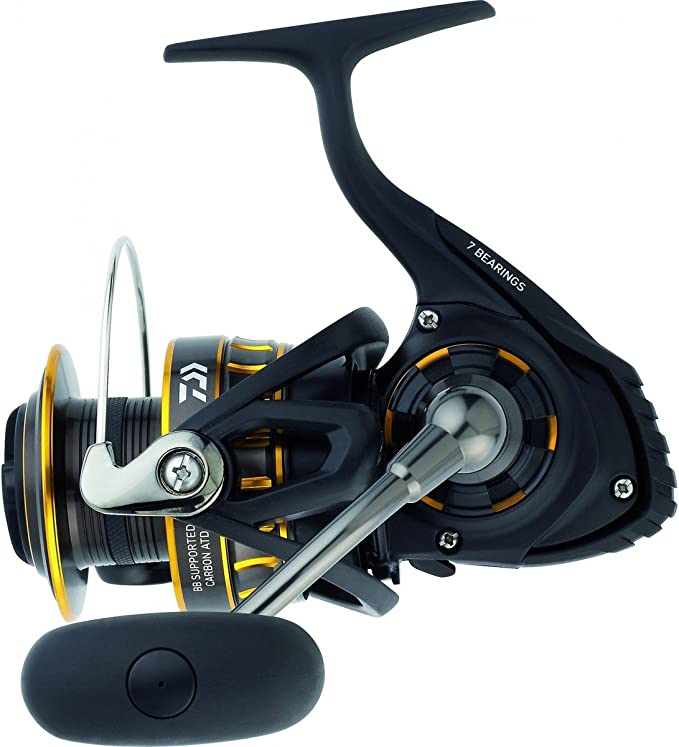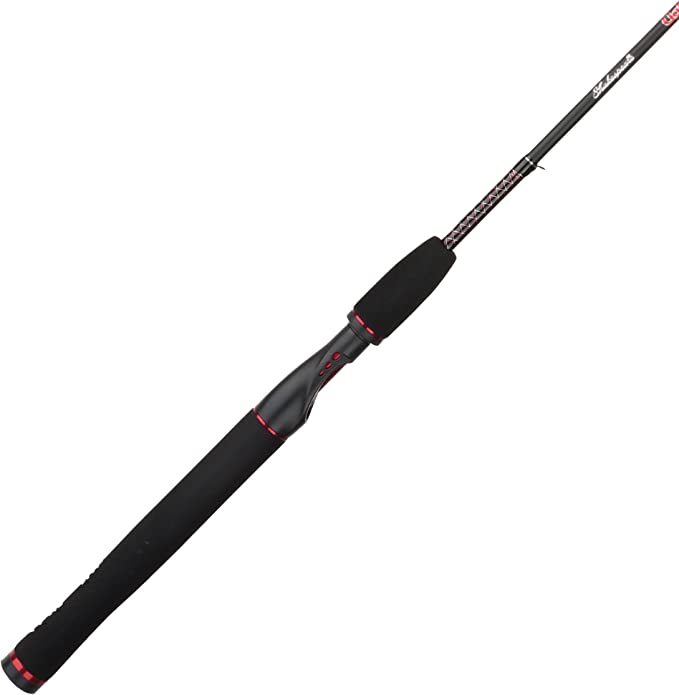Deli-Kit DK5712: Elevate Your Culinary Experience, Indoors and Out
Update on Aug. 2, 2025, 6:45 p.m.
There is a primal comfort in cooking outdoors, a thread connecting us to millennia of ancestors who gathered around a fire for warmth, safety, and a hot meal. But for the modern explorer, the romance of the crackling campfire often clashes with the practical demand for control, efficiency, and reliability. We seek to tame that wild flame, to transform it from a chaotic source of heat into a precise culinary instrument. This is the story of the modern campfire—a tale not of wood and embers, but of steel, gas, and the fundamental laws of science that allow us to create a gourmet kitchen in the heart of the wilderness.
At the center of this evolution is equipment like the Deli-Kit DK5712, a five-burner gas cooktop. To see it merely as an appliance is to miss the point. It is a physical manifestation of scientific principles, a tool designed to solve the specific challenges of cooking when you leave civilization behind. To understand it is to understand the physics of fire, the metallurgy of resilience, and the chemistry of fuel.

The Physics of Firepower: Taming Heat in the Wild
In any kitchen, but especially one exposed to the elements, heat is currency. The scientific unit for this currency is the BTU, or British Thermal Unit. Simply put, one BTU is the energy needed to heat one pound of water by one degree Fahrenheit. The higher the BTU rating of a burner, the faster it can pump energy into your cookware. This isn’t just about speed; it’s about battling entropy. On a cold, windy morning at altitude, a low-power burner bleeds precious heat into the environment faster than it can heat your pot. A high-output burner, like the 11,262 BTU triple-ring powerhouse on this unit, is a decisive weapon in this fight, delivering the raw energy needed to achieve a rolling boil for coffee or pasta in challenging conditions.
But power without control is useless. A successful outdoor meal rarely relies on a single intensity of heat. This is why a well-designed cooktop functions not as a single furnace, but as a set of specialized tools. The five-burner layout offers a spectrum of thermal control. While the main burner sears a steak or stir-fries vegetables with intense, direct heat, the gentler 3,413 BTU auxiliary burner is a master of subtlety. It provides the low, steady flame required for simmering a complex sauce for hours or melting chocolate without scorching—tasks that would be impossible over a roaring campfire. The semi-rapid burners, at 9,385 and 5,972 BTU, are the versatile workhorses, handling the majority of daily cooking with a responsive balance of power. This isn’t just about having five burners; it’s about having five distinct solutions to five different thermodynamic problems.

The Armor of Adventure: Metallurgy for the Elements
An outdoor kitchen is a place of harsh beauty and harsher realities: morning dew, abrasive dust, sudden downpours, and the occasional scrape from a stray piece of gear. The materials used in its construction are its armor. The cooktop’s surface is crafted from stainless steel, a material whose strength lies in an invisible, almost magical property. The chromium within the steel alloy reacts with oxygen to form a microscopic, passive layer of chromium oxide. This self-healing shield is what prevents rust and corrosion, allowing the surface to be wiped clean and maintain its integrity season after season.
Beneath the cookware lies the second critical material: heavy cast iron. Cast iron’s secret weapon is its thermal mass. It acts like a thermal battery, absorbing vast amounts of heat and radiating it evenly. When a gust of wind whips through camp, a flimsy grate will cool instantly, causing cooking temperatures to plummet. A heavy cast iron grate, however, holds its heat, providing a stable, consistent cooking surface that buffers your pot from the whims of the weather. This stability is not just thermal but physical, providing an unshakeable platform for heavy pressure cookers or large pots of stew, ensuring safety and efficiency. It is this combination of a resilient stainless steel body and steadfast cast iron supports that creates a truly rugged cooking platform, built not for a pristine indoor kitchen, but for the unpredictable reality of the outdoors.

The Freedom of Fuel: The Chemistry of Unplugged Energy
For the traveler, freedom is flexibility. In the world of outdoor cooking, this translates to fuel. The ability to use both Natural Gas (NG) and Liquid Propane (LPG) makes a cooktop adaptable to nearly any scenario. For the overlander or weekend camper, the 20-pound propane tank is the ubiquitous source of expedition fuel. Propane (C₃H₈) is energy-dense and easily stored as a liquid under pressure, making it ideal for mobile applications. For someone setting up a more permanent basecamp or an elaborate RV kitchen with an external hookup, Natural Gas (CH₄) might be available.
The cooktop’s dual-fuel capability, enabled by a simple conversion kit, is a feat of engineering that respects the chemistry of combustion. Because propane and natural gas molecules have different sizes and energy content, they require a different ratio of air to burn cleanly and efficiently. The conversion kit’s new nozzles are precisely drilled to deliver the correct flow for LPG, ensuring you get a hot, stable, blue flame—the hallmark of complete combustion—rather than a sooty, inefficient yellow one. The system is sparked to life by a reliable 110V electronic ignition, which requires an external power source like an inverter or generator, a clear indicator of its designation as a serious, basecamp-grade piece of equipment, distinct from a pocket-sized backpacking stove.

Conclusion: The Well-Equipped Mind
Ultimately, the goal of any piece of outdoor equipment is to extend our capabilities in the natural world. A powerful cooktop does more than just heat food; it offers a taste of civilization, a hot, nourishing meal that can restore body and spirit after a long day of adventure. Understanding the science behind this tool—how BTUs conquer the cold, how steel and iron defeat the elements, and how fuel chemistry provides freedom—is to truly master it.
The most valuable piece of gear you can carry into the wild is not an object, but knowledge. By understanding the principles at play in your equipment, you move from being a mere user to a skilled operator. You learn to anticipate how your stove will perform at 10,000 feet, you appreciate the cast iron grate that holds its heat in the wind, and you choose your fuel source with purpose. The modern campfire, in all its technical glory, is a tribute to human ingenuity. And wielding it with skill and understanding is the essence of the modern explorer.







































